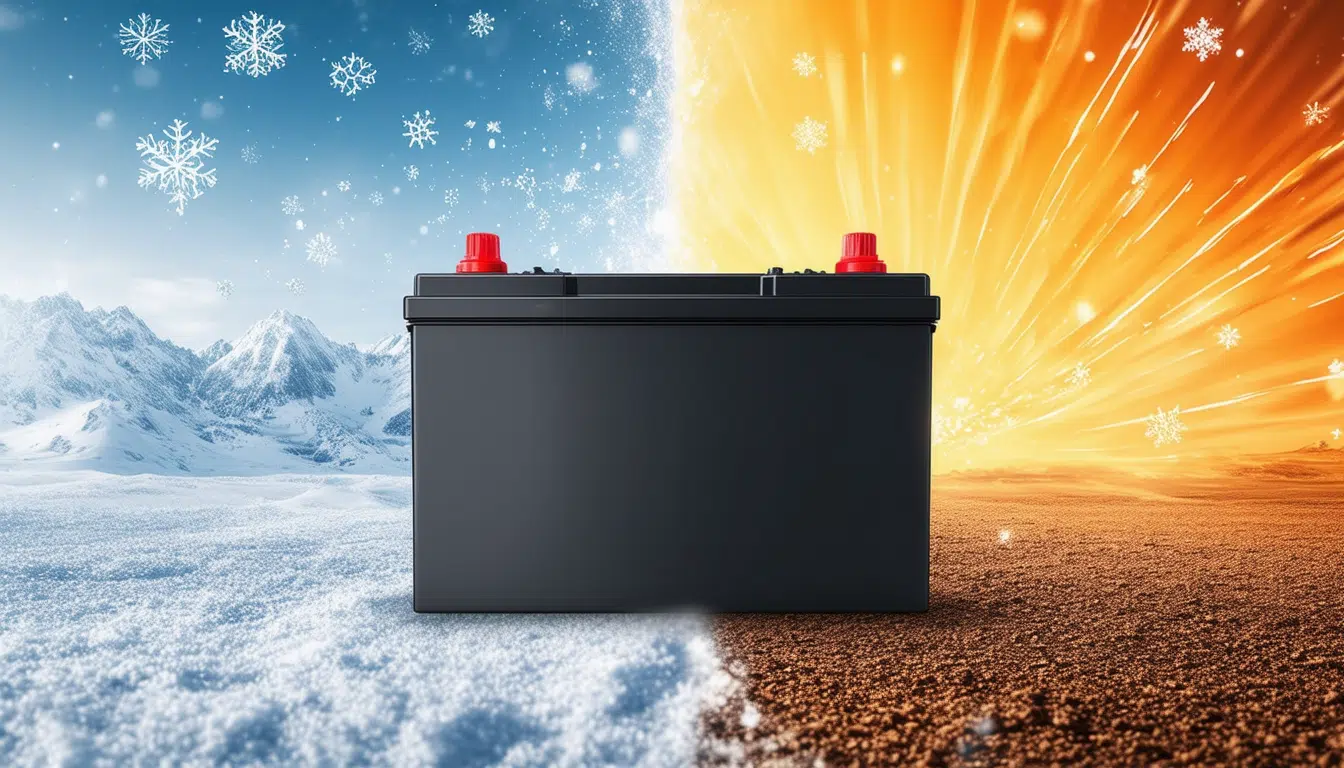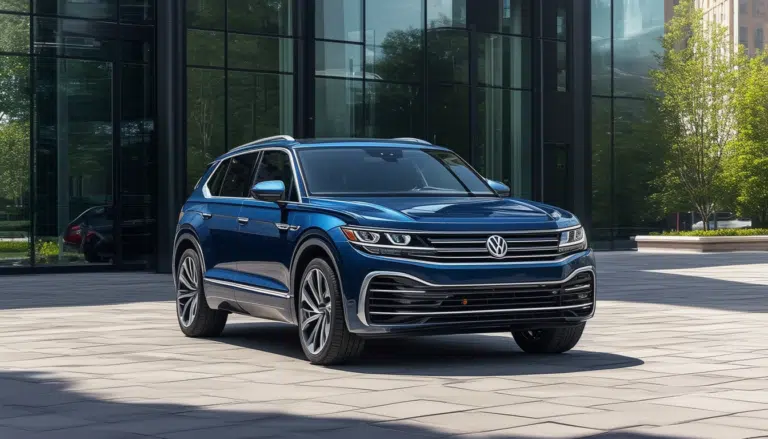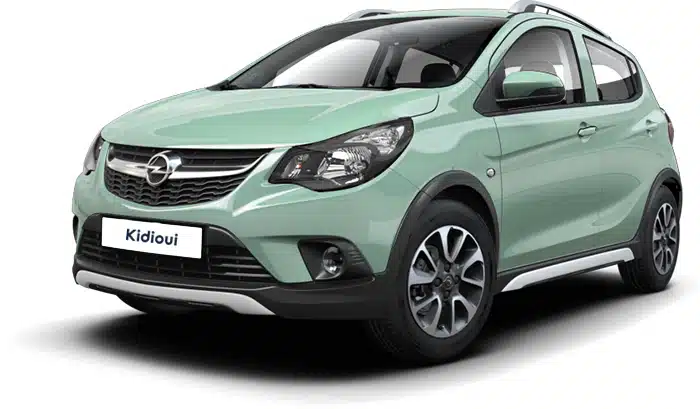Batteries for vehicles in extreme climates: how to choose the right one according to weather conditions

In the fascinating universe of automotive manufacturing, one of the most critical, yet often overlooked, elements is the battery. This essential component is not only responsible for starting the engine but also powers all of the vehicle’s electrical systems. However, in extreme climates, selecting the right battery becomes a fundamental task. Low or high temperatures significantly affect the performance and durability of batteries. Understanding how these weather conditions impact their operation is key to ensuring that your vehicle runs smoothly, whether under scorching sun or in frigid cold.
Selecting the right battery for a vehicle that will operate in extreme climates is crucial to ensure optimal performance and avoid failures in critical situations. Depending on the weather conditions, whether it’s intense cold as in polar climates or scorching heat, batteries exhibit different behaviors. This article details how extreme climates affect battery performance and offers practical tips for choosing the best option according to the environment being faced.
Understanding the Impact of Weather on Batteries
How Batteries Work
Vehicle batteries are electrochemical devices that store energy to start the engine and power other electrical systems. Their operation relies on chemical reactions that, unfortunately, are very susceptible to temperature fluctuations.
Effects of Cold on Batteries
When temperatures drop below freezing, batteries can suffer a significant decrease in capacity, losing up to 50% of their performance. This is because the cold slows down the chemical reactions inside the battery, reducing the energy available to start the engine.
Effects of Heat on Batteries
Conversely, high temperatures can also damage batteries. In hot climates, excessive heat accelerates the self-discharge process and causes the water inside to evaporate, which decreases their lifespan. Therefore, it is vital to consider these conditions when selecting a battery.
Types of Batteries Suitable for Extreme Temperatures
Batteries Designed for Cold: AGM (Absorbent Glass Mat)
AGM batteries are ideal for cold climates due to their construction, which includes a glass fiber separator that absorbs the acid. This feature provides them with better cold cranking capacity and makes them less prone to sulfation, a significant issue in winter.
Batteries Designed for Heat: Gel
For hot environments, Gel batteries are an excellent choice. Their design with gel-shaped electrolytes allows for great resistance to evaporation and less impact from high temperatures, ensuring their functionality in extreme conditions.
Criteria for Choosing a Battery for Cold Climates
Cold Cranking Amperage (CCA)
When selecting a battery for extremely cold climates, cold cranking amperage (CCA) is a crucial criterion. This value indicates the amount of energy the battery can provide for 30 seconds at -18°C without its voltage dropping below 7.2 volts. The higher this figure, the better the performance in subzero temperatures.
Reserve Capacity (RC)
Reserve capacity (RC) is another important factor to consider. This metric indicates how long the battery can sustain an adequate load to power the vehicle’s electrical accessories when the alternator is not running. A high reserve capacity is useful during long periods of inactivity, such as during polar nights.
Tips for Choosing Batteries for Hot Climates
AGM Technology Batteries for Warm Climates
For warm climates, it is recommended to choose AGM technology batteries that are more resistant to evaporation and self-discharge. This option can prolong the battery’s lifespan and improve its performance in high-temperature conditions.
Gel Batteries for Dry Environments
In arid environments, gel batteries not only provide heat resistance, but their design makes them less susceptible to water loss due to evaporation. This is essential in climates where heat can be extreme.
Maintaining Batteries in Extreme Climates
Regular Inspections
It is advisable to perform regular inspections of the battery’s condition, especially before the arrival of extreme seasons. Ensure that the terminals are clean and well-tightened, and check the electrolyte level in batteries that allow it.
Proper Use
Drive your vehicle regularly over long distances to allow the battery to recharge properly. Avoid leaving electrical devices and appliances on when the engine is off, as this can affect the battery’s charge.
Tips for Prolonging Battery Life
Keeping the battery fully charged is a vital tip, especially if you will not be using the vehicle for several days. Additionally, using a smart charger can help maintain the health of the battery by automatically adjusting the charge to prevent overcharging or complete discharges.
For more information on the impact of weather on electric vehicles and trends in battery technology, visit this article on the benefits of electric vehicles and other related resources.
Conclusion on Choosing Batteries for Extreme Climates
Choosing the right battery for vehicles operating in extreme climates is a critical aspect to ensure optimal performance and long lifespan. Adverse weather conditions not only affect the vehicle’s starting capacity but can also significantly reduce the durability of the battery. Therefore, it is essential to understand how different temperatures impact the operation of batteries.
In cold climates, it is fundamental to consider features such as cold cranking amperage (CCA). This specification provides information on the battery’s efficiency to start the engine in extremely low temperatures. Choosing an AGM battery can be an excellent choice, as these batteries are designed to withstand severe conditions, offer better performance at low temperatures, and are less prone to sulfation.
On the other hand, in warm environments, gel or AGM-type batteries are also highly recommended due to their resistance to evaporation and self-discharge processes. Choosing a suitable battery that can withstand extreme heat helps prevent a reduction in its lifespan, ensuring that the vehicle’s electrical devices continue to function efficiently.
Additionally, it is important to keep in mind regular maintenance and monitoring of the battery’s condition. Cleaning the terminals and using appropriate chargers can prolong the battery’s life, regardless of the weather conditions. In summary, investing in a battery that is aligned with the specific environment in which the vehicle will be used is a smart decision that not only ensures the reliable operation of the car but also provides peace of mind to the driver.





